Discover the ultimate Orange Marmalade recipe — packed with flavor, no pectin needed, and made with just FIVE ingredients!
Marmalade is one of those timeless, classic preserves that brighten your morning. Whether spread on a warm piece of toast, swirled into a bowl of oatmeal, or used as a glaze for meats, its sweet-tart flavor is incredibly comforting. Yum.
But what if you could make your marmalade from scratch, skipping the store-bought pectin and using only natural ingredients? Yep, it’s possible! And today, I’ll walk you through a step-by-step recipe for making homemade orange marmalade without pectin.
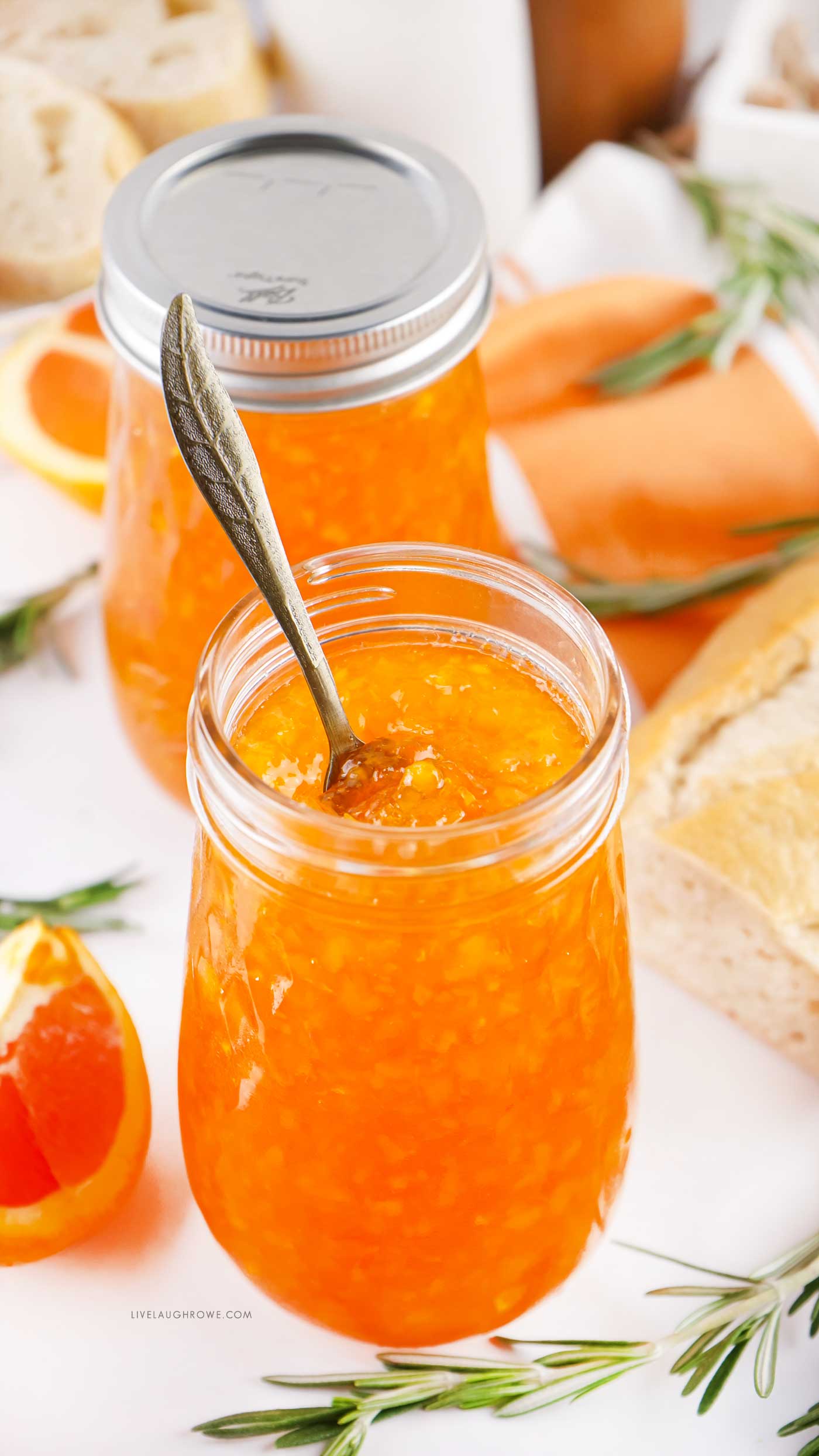
Before we get into the recipe, let’s talk more about marmalade, which types of oranges are best for the job, and how you can enjoy this beautiful preserve in various ways.
What is Marmalade?
Marmalade is a type of fruit preserve, similar to jam or jelly, but with a unique twist. It’s made specifically with citrus fruits (typically oranges) and contains bits of the peel. The peel is key, contributing to the marmalade’s signature slightly bitter, zesty flavor. Unlike jams, which generally consist of fruit pulp and sugar, marmalade combines citrus pulp, juice, and peel, giving it a more complex flavor profile that balances sweetness, tartness, and a pleasant bitterness from the zest.
The Portuguese word marmelada originally inspired the term marmalade, which first referred to a quince preserve. Over time, the name came to be explicitly associated with citrus-based preserves, particularly those made from oranges.
Which Oranges are Best for Marmalade?
When making orange marmalade, not just any orange will do! While you can technically use any variety of orange, certain types are better suited for marmalade making due to their flavor profile and natural pectin content.
1. Seville Oranges: The Traditional Choice
Seville oranges are the gold standard for marmalade. These tart, bitter oranges have a thick, zesty peel packed with natural pectin, which is crucial for helping the marmalade set. Seville oranges are typically available in late winter to early spring, and their distinctive bitterness makes them ideal for a traditional marmalade. Seville oranges are your best bet for that authentic, tangy-sweet flavor.
2. Navel Oranges: A Sweeter Option
3. Blood Oranges: For a Twist
If Seville oranges aren’t available, you can use navel oranges, which are sweet and juicy, with a thinner peel. Navel oranges won’t have quite the same bitter zing as Seville oranges, but they’ll still make a delicious marmalade with a sweeter and less tangy flavor. Since they have less pectin, you might need to cook them longer or add more sugar to achieve the right consistency.
For something a little different, you can experiment with blood oranges. These oranges have a deep, reddish hue and a flavor between a sweet and tart orange with hints of raspberry. Blood orange marmalade will have a unique, vibrant color and a slightly more complex flavor profile. If you’re in the mood for something new, try blood oranges!
4. Cara Cara Oranges: A Sweet and Juicy Choice
Cara Cara oranges are a variety of navel oranges known for their pinkish-red flesh and delightful flavor. They don’t have the bitterness of Seville oranges, but their high sweetness can make for a rich and fragrant marmalade. They’re perfect for those who prefer a more subtly tangy preserve.
I highly recommend using Seville oranges if you want the quintessential marmalade experience. If they’re out of season or unavailable in your area, you can substitute navel oranges with a small amount of lemon or lime juice to introduce a bit of tartness.
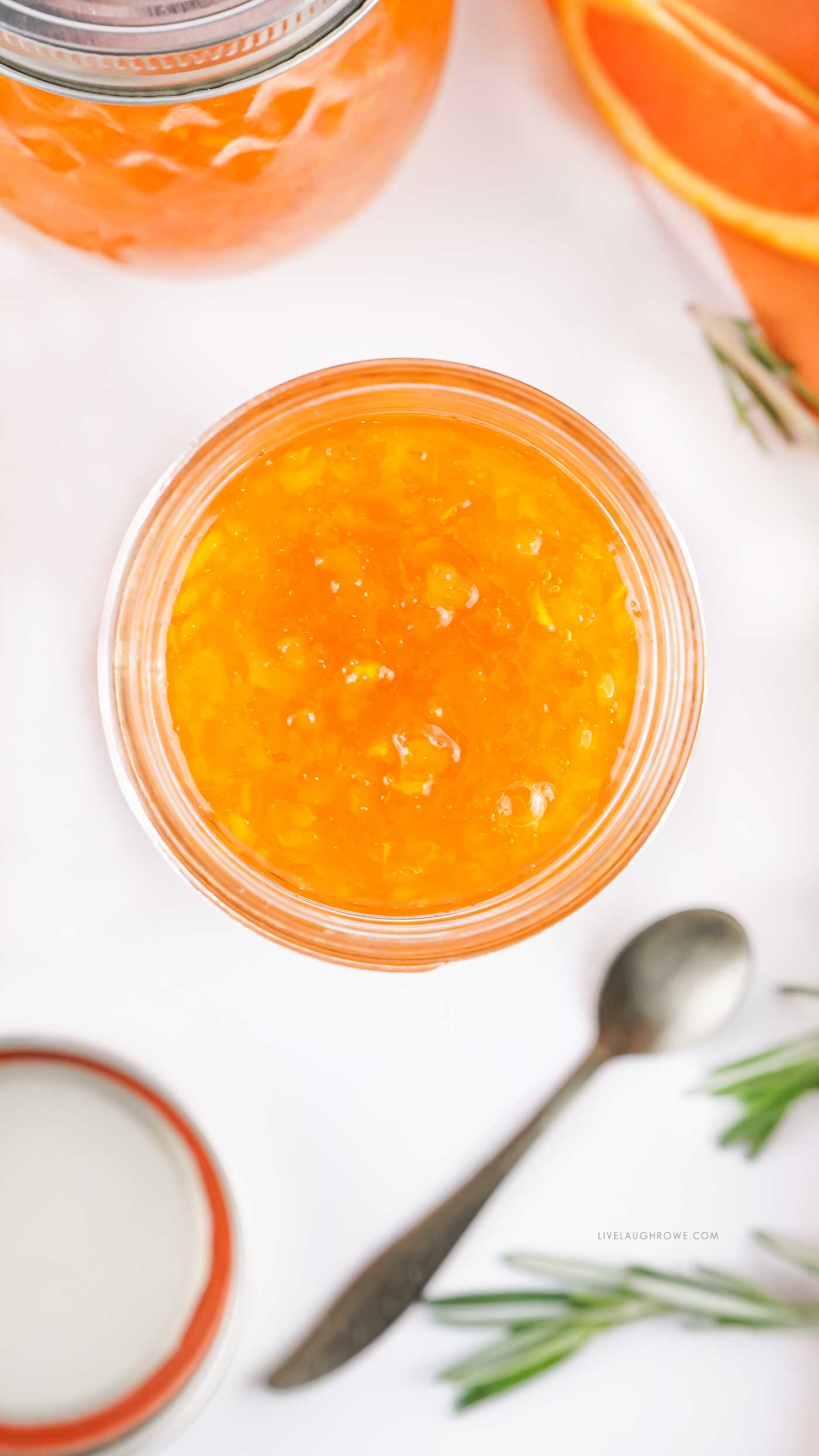
Why Skip the Pectin?
You might be asking, “What about pectin? Doesn’t that help the marmalade set?” While pectin is a common ingredient in many marmalade recipes, it’s unnecessary when using Seville oranges or other naturally pectin-rich fruits.
Slowly cooking the fruit with its peel and seeds, you can extract enough natural pectin from the oranges to help the marmalade thicken naturally. This results in a more authentic, old-fashioned marmalade that doesn’t rely on artificial additives.
Additionally, skipping the store-bought pectin will give your marmalade a cleaner, more natural flavor. The process may take a little longer, but the flavor and texture are worth the wait.
How to Make Orange Marmalade:
Now, let’s get to the Orange Marmalade recipe! Making this marmalade is a fun, rewarding project that fills your kitchen with the warm aroma of citrus. I love the smell of citrus. While it may take a little extra time, the results are absolutely worth it.
Here’s a step-by-step guide to making your homemade marmalade:
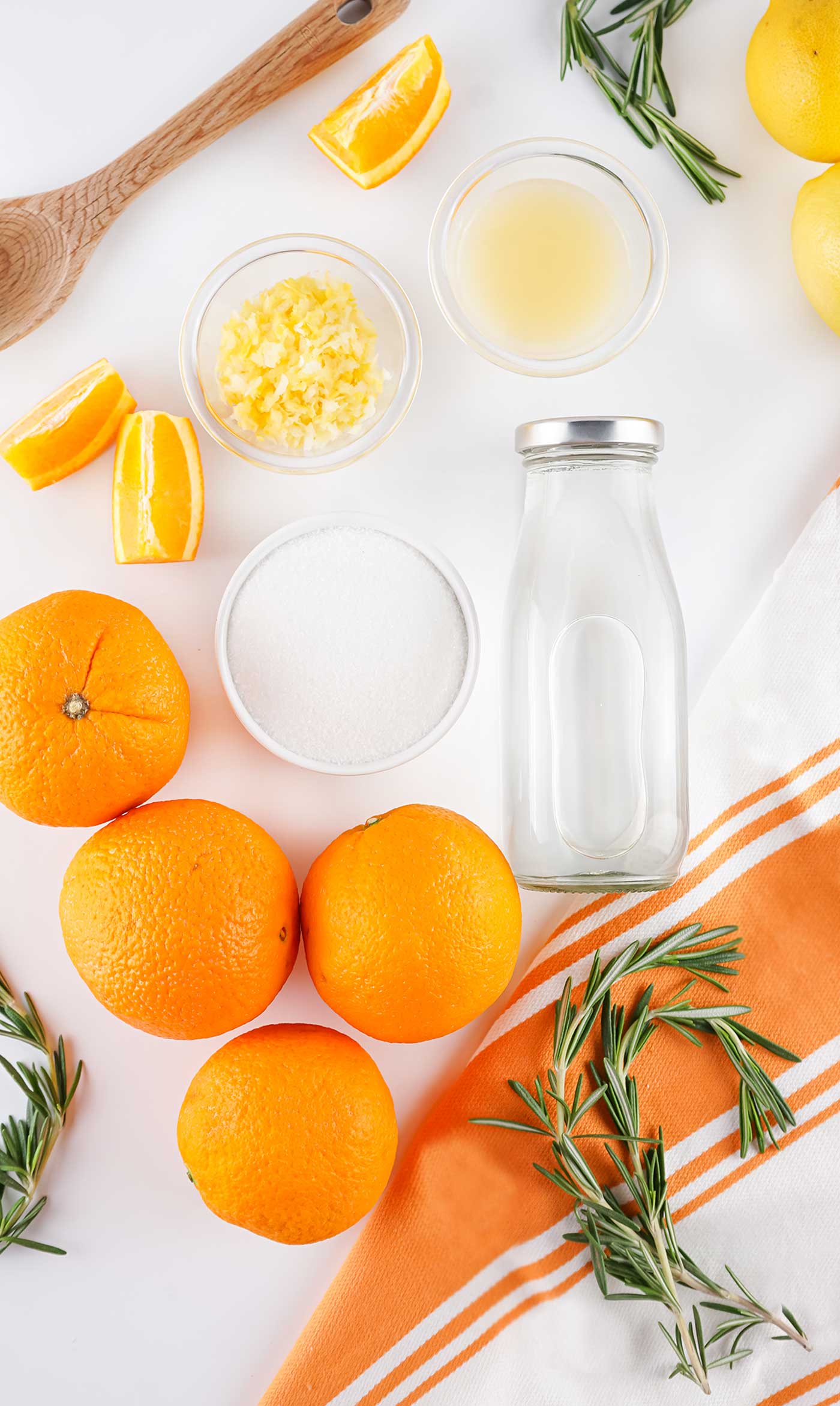
Ingredients:
- Oranges
- Lemon
- Water
- Sugar
- Salt
Equipment:
- Medium or large pot
- Food processor (or sharp knife)
- Food thermometer
- Mason jars (two 20-ounce jars or five 8-ounce jars)
Step-by-Step Directions:
1. Prep the Oranges: Start by slicing off the ends of the oranges. Cut each orange into eight sections, leaving the peel on.
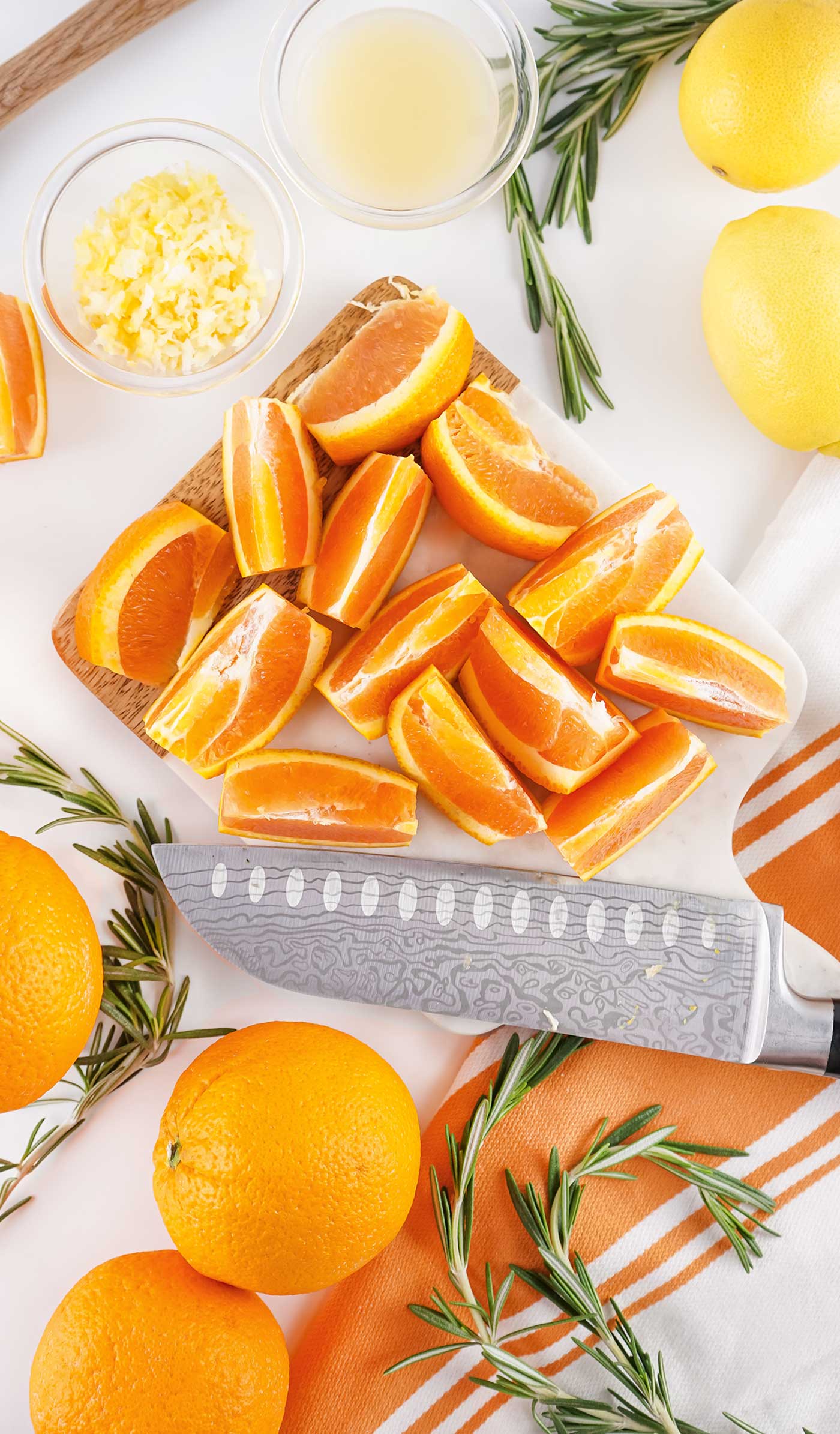
2. Chop the Oranges: Place the orange slices in a food processor. Pulse until the oranges are finely chopped but not pureed. (If you don’t have a food processor, finely chop them by hand.)
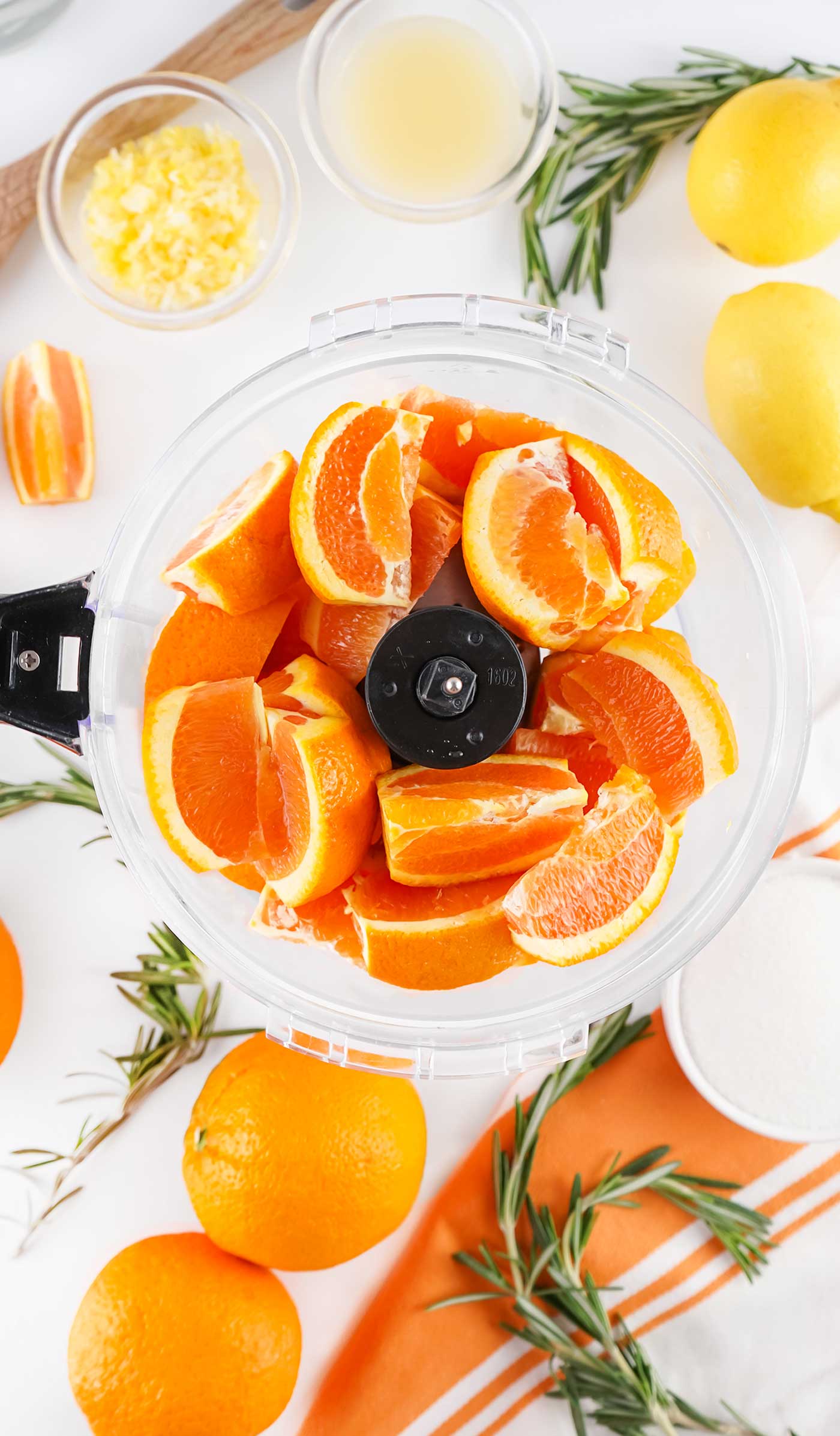
3. Cook the Marmalade: Combine the minced oranges, lemon juice, lemon zest, sugar, and water in a large pot. Heat the mixture over medium heat, stirring occasionally.
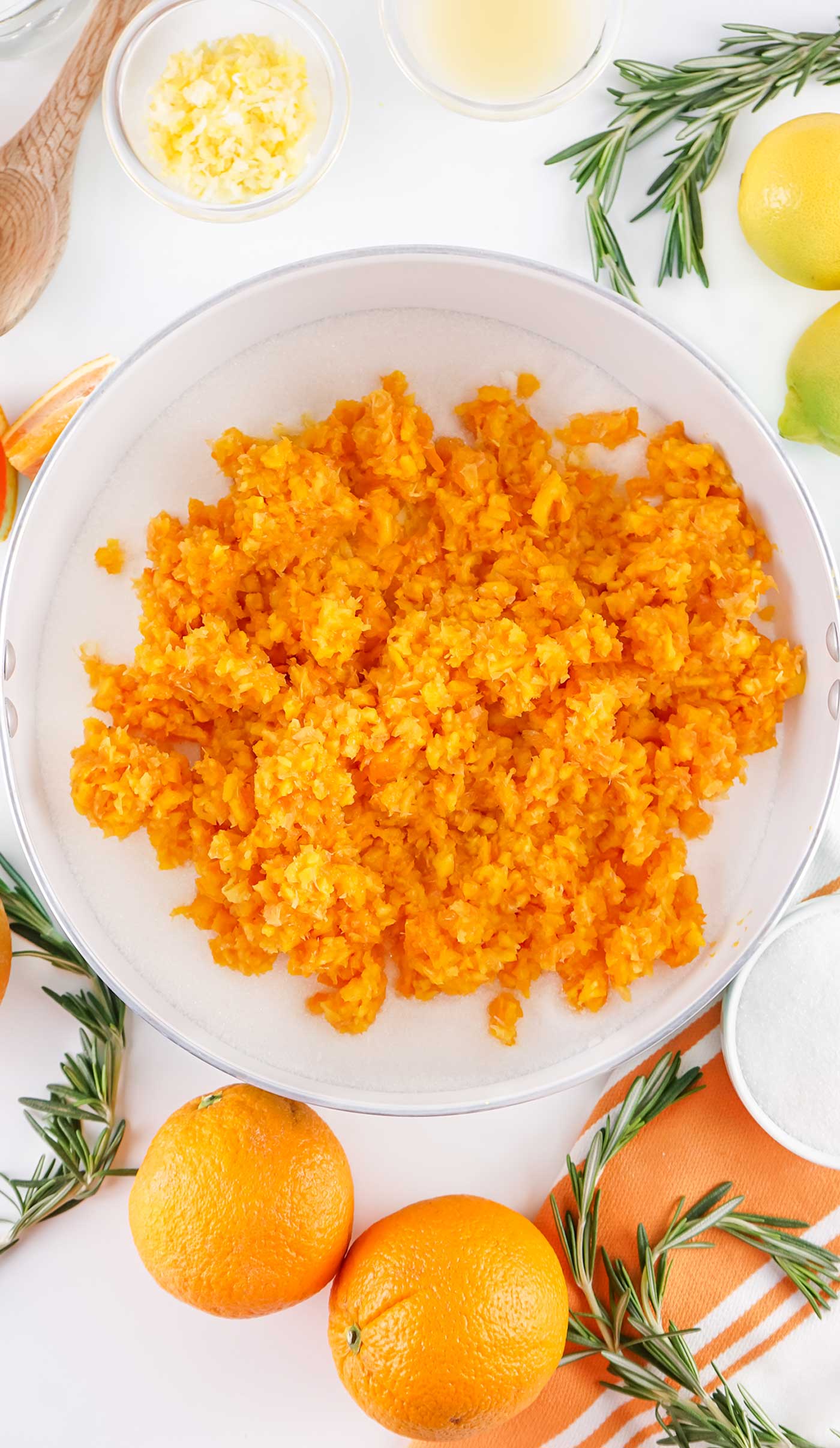
4. Reach the Right Temperature: Bring the mixture to a simmer and let it cook until it reaches 220°F on a food thermometer. Keep it at that temperature for about 2 minutes to ensure it sets properly.
5. Cool and Jar It: Remove the pot from heat and let the marmalade cool for a few minutes. Carefully spoon the marmalade into your jars, leaving a little space at the top. Secure the lids tightly.
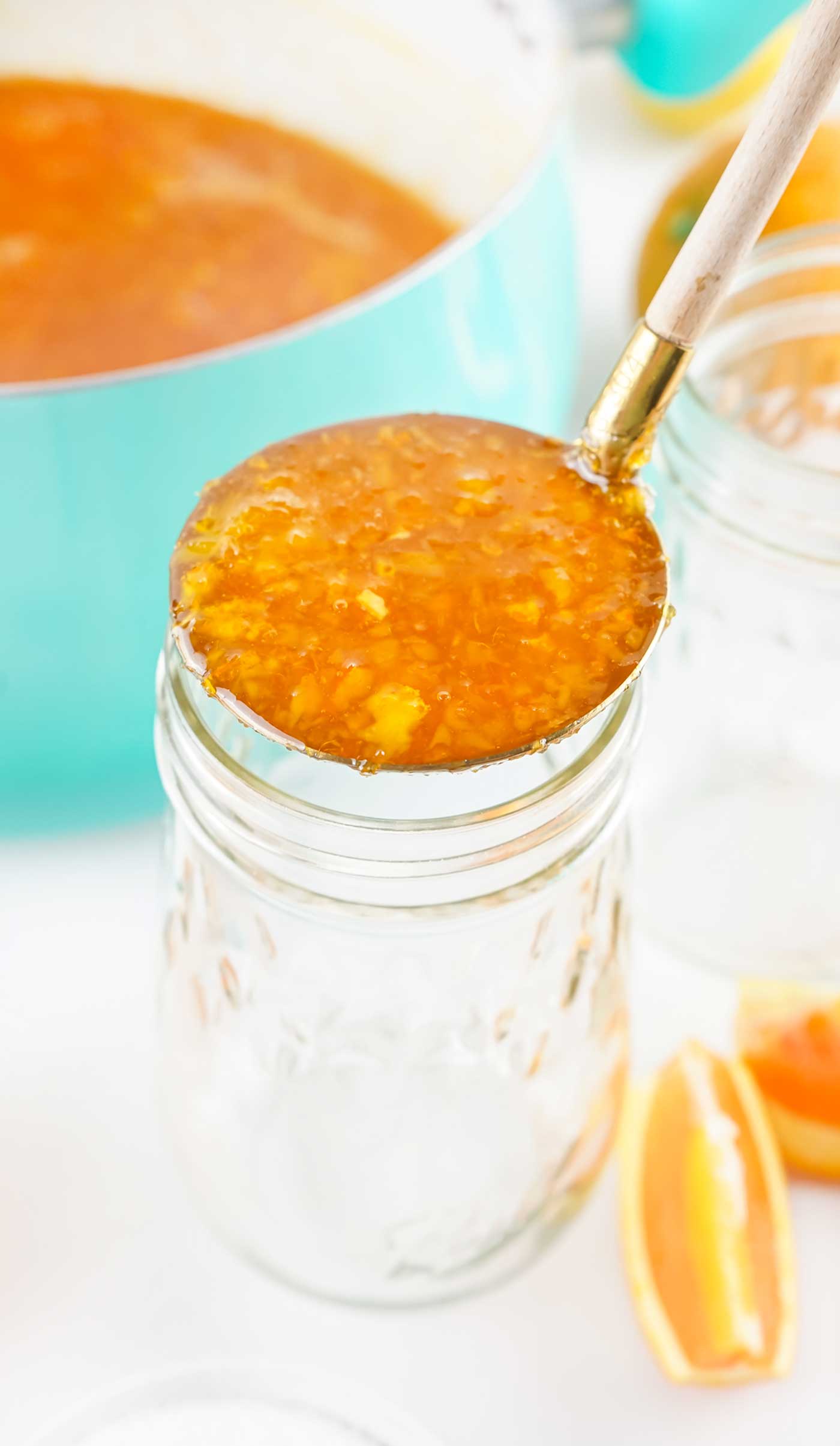
6. Let It Rest: Allow the jars to cool at room temperature for a couple of hours. Once cooled, retighten the lids and place the jars in the fridge overnight.
Helpful Tips for the Best Marmalade:
- Avoid Thick-Skinned Oranges: Choose oranges with thinner skin to prevent a bitter aftertaste.
- Do not overcook: The marmalade will thicken as it cools. If it is overcooked, it may become too thick to spread easily.
- Flavor Variations: Add a splash of vanilla extract or a pinch of cinnamon for a unique twist!
How to Store Homemade Orange Marmalade
After making your homemade marmalade, proper storage is essential to keep it fresh and delicious. HereHere’suick guide:
1. Jar While Hot (for Canning).
- Clean and sterilize jars by boiling them or placing them in a hot oven.
- Fill with hot marmalade: Leave about half an inch of space at the top.
- Seal and process (optional): For a longer shelf life, process the jars in a boiling water bath for 10 minutes to create a vacuum seal.
- Store in a cool, dark place: Properly sealed jars can last up to 1 year in a pantry.
2. Refrigeration (For Immediate Use)
- Cool completely: Let jars cool to room temperature before refrigerating.
- Store in the fridge: Opened marmalade should be kept and used within 3 months.
3. Freezing
- Use freezer-safe containers: Leave about 1 inch of space at the top of the jar for expansion.
- Freeze for up to 1 year: Thaw in the fridge before using.
Tips for Storing:
- Signs of spoilage: Mold, an off smell or flavor, or a cloudy appearance indicate the marmalade is no longer suitable.
- Label your jars with the date to track their use-by timeframe.
With these simple steps, you can enjoy this homemade orange marmalade recipe for months!
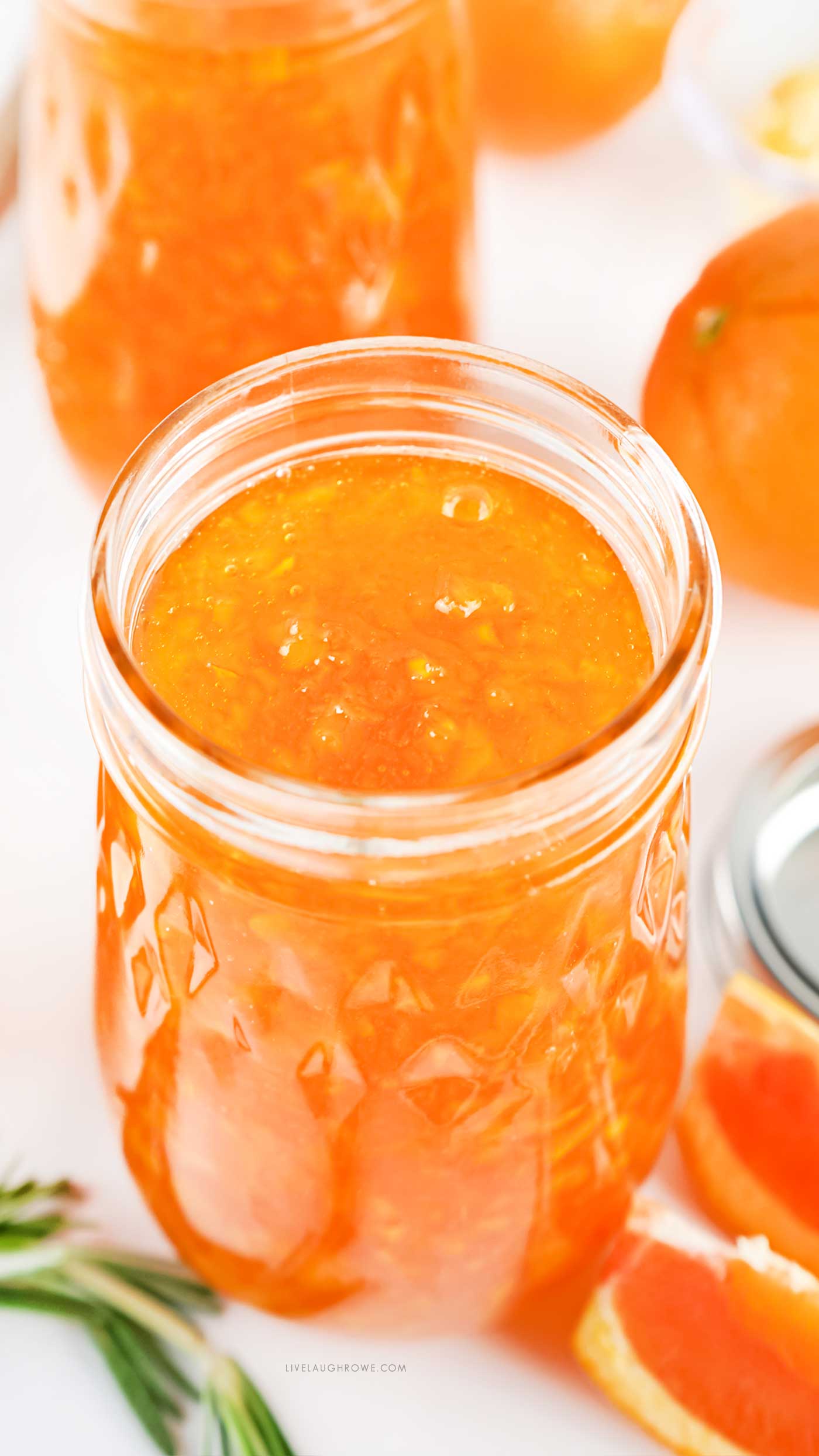
How to Use Orange Marmalade Recipe
So, what can you do with all that glorious homemade marmalade? Here are just a few ways to enjoy your creation:
- Spread on Toast or Scones: This is the classic choice! Marmalade is perfect for slathering on buttered toast or freshly baked scones. It’s the quintessential breakfast treat.
- Swirled into Yogurt or Oatmeal: A spoonful of marmalade adds sweetness and a citrusy punch to plain yogurt or oatmeal—an easy way to start your day with a burst of flavor.
- Glaze for Meats: Orange marmalade makes a fantastic roasted chicken, pork, or duck glaze. Its sweet-tart flavor pairs beautifully with savory dishes, adding a unique depth of flavor.
- Baked Goods: Incorporate marmalade into your baking! Spread it between cake layers, mix it into muffin batter, or use it to fill pastries. It’s a great addition to all kinds of desserts.
- As a Fruit Salad Dressing: Stir a spoonful of marmalade into your fruit salad for a citrusy, tangy dressing that enhances fresh fruit flavors.
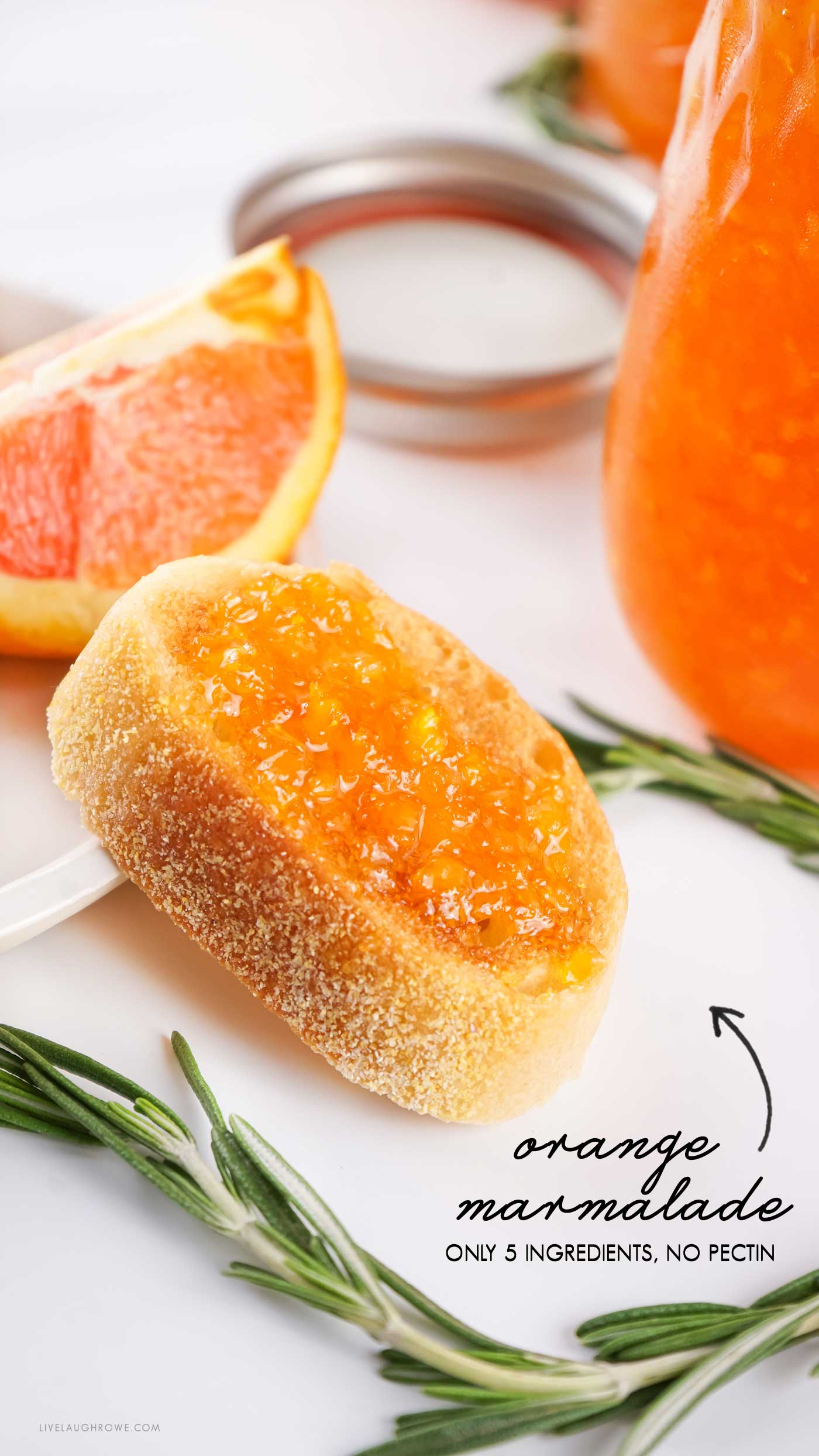
Other recipes you might like:
Fruit Dip
Granola Recipe
Herbed Feta Spread
Savory Herb Rub
Orange Marmalade Recipe
Equipment
- Two 20-ounce Mason Jars (or 5 8-oz jars)
Ingredients
- 4 medium Oranges
- 4 cups White Granulated Sugar
- 2 tbsp Lemon Juice
- 1 tbsp Lemon Zest
- 1/3 cup Water
Instructions
- Wash the oranges and lemon thoroughly, scrubbing the peels clean.
- Trim the ends of each orange. Cut the oranges in half, then cut each half into 4, leaving you with 8 pieces of orange. Discard any seeds; there's no need to remove the peel.
- Add the sliced oranges to a food processor and pulse for approximately 30 seconds until finely minced. If you prefer a chunkier marmalade, stop when the pieces are slightly larger.
- Add the minced oranges, lemon juice, lemon zest, sugar, and water in a medium or large sauce pot.
- Heat the mixture over medium heat, stirring occasionally. When the mixture reaches 220ºF on a food thermometer, let it simmer (at that temperature) for 2 minutes.
- Remove the pot from heat and let the marmalade cool for a few minutes. Spoon the marmalade into clean mason jars, leaving a little space at the top. Secure the lids tightly.
- Allow the jars to cool to room temperature for approximately 2 hours. Once cooled, retighten the lids to ensure a snug fit.
- Place the jars in the fridge and let them chill overnight (at least 8 hours) before enjoying. Your homemade marmalade is now ready to spread and savor!
Notes
Making this homemade orange marmalade recipe from scratch is gratifying and surprisingly easy once you get the hang of it. The natural pectin from the oranges gives it a perfect, spreadable texture, and the bright, tangy flavor will make every jar a treasure. Whether you use Seville oranges for an authentic experience or navel or blood oranges for something different, you’ll have a jar of sunshine ready to enjoy year-round.
So, gather your ingredients, channel your inner marmalade maker, and let the fruit do its magic. You’ll be amazed at how much flavor can come from just a few simple ingredients and a little patience!


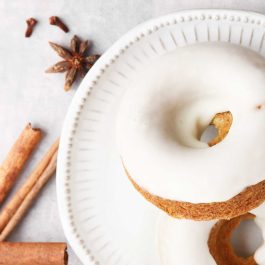



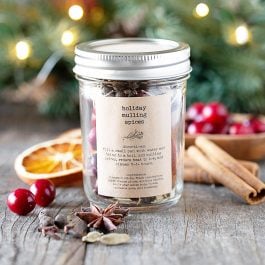



Sheena says
Thanks Kelly, I usually buy the Mamade tins that are pure Seville oranges…now I am going to try with other oranges. I like to add a grapefruit and quite a few lemons into the marmalade also. Hope 2025 will be a good one for you and family
Kelly Rowe says
Thanks so much for your comment and well wishes, Sheena! Wishing you a prosperous 2025 as well. Hugs and Blessings!